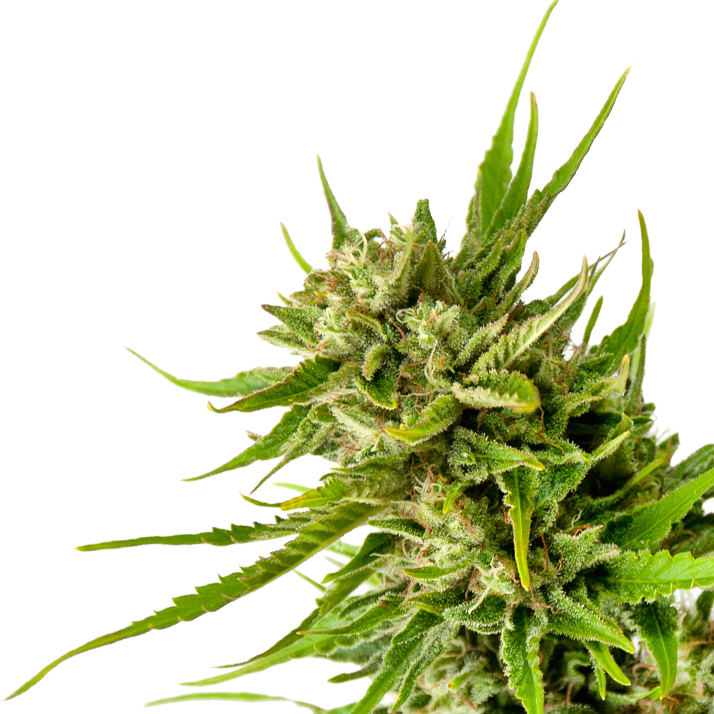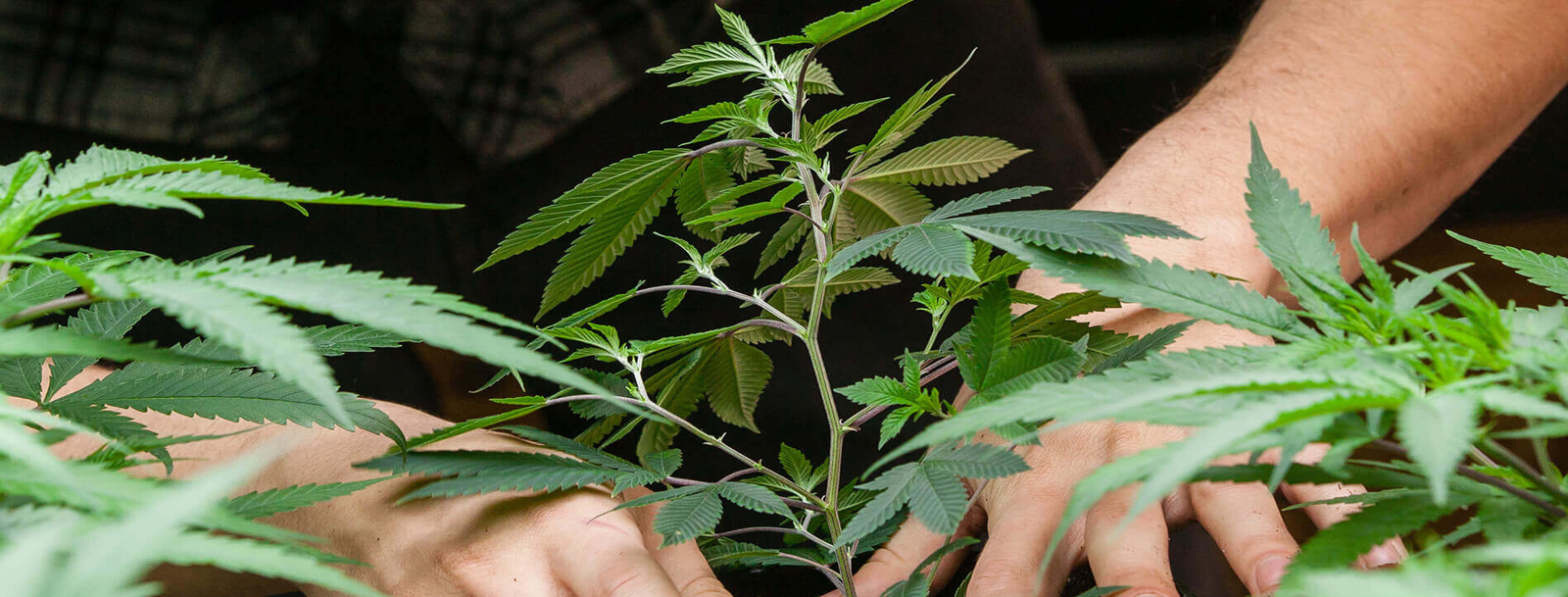Growing Indoor: It all begins with great quality seeds
Growing cannabis indoors has seen a dramatic rise in popularity in recent years. When done properly it produces excellent quality cannabis. Growing cannabis indoors relies on the use of powerful artificial lights to replicate the effect of the sun. These lights typically take hundreds of Watts of electrical power to run and are commonly HPS (High-Pressure Sodium), fluorescent lights, metal halide and LED light. However, mercury lamps, low-pressure sodium lamps, incandescent lamps or halogens are among those lamps that are normally dismissed because their light spectrum or their low efficiency when turning electricity into usable light makes them unsuitable for growing marijuana indoors.
In the first stages of life, the seedlings are happy to start with lower light intensities often a meter below an HPS light, or closer to fluorescent lights. The artificial lights are normally ‘on’ for 18-24 hours per day. During this time the seedlings are in a state of vegetative growth, they will continue to grow roots, leaves, and branches but no bud.
Yields and quality of plants grown under artificial lights mostly depend on:
- the seed variety,
- whether the plants are grown from seeds or clones,
- after how many days of growing the plants are put into flowering, and
- the optimization of the climatic conditions of the grow-room.
Cannabis loves light and the successful indoor grower tries to deliver as much light as possible. More light will mean bigger, denser buds and superior yields. The indoor cannabis grower has to be careful that the plant doesn’t grow too near to the hot light and damage itself. If the light feels cool to the back of the hand it will be cool for the plant also.
When cultivating indoors one cannot do without a temporizer. It is essential to regulate the different light and darkness cycles that can benefit feminized cannabis seeds.
Most of the genetics regarded as suitable for growing indoors are cannabis hybrids, both Indica and Sativa-dominant strains. All pure Sativas or Landrace Sativas are not adequate since they easily run out of space within the growing tent. Autoflowering marijuana plants are also a great option for indoor growers. Feminised seeds are popular with the indoor growers as they virtually eliminate the possibility of male plants. For many indoor growers, feminised seeds from a quality supplier are regarded as the only way to go.
Grow rooms are typically kept between 24°C -30°C for optimum results. Higher temperatures can cause the plants to wilt and cooler temperatures may slow down growth. The plants will need a gentle breeze from a fan, and a steady supply of fresh air.
One common mistake by inexperienced growers is the tendency to overwater soil-grown plants. Get to know the weight of your plant pots and water only when the plants need it. Overwatering soil-grown plants will reduce yield/quality and slow down plant development.
Growing cannabis indoors will require the use and understanding of plant feeds. Plant feed delivers essential nutrients to the roots, regardless whether the roots are growing in clay pebbles, rockwool, coir, soil or in a hydroponic system.
Indoor growing allows the plants to develop under closely supervised grow conditions without the normal array of outdoor pests.

Once the grower has the right system in place it is a predictable way of growing
great quality cannabis. The main challenge for many indoor growers is dealing with the characteristic cannabis smell so that no-one notices it. Hence some growers invest in ozone generators to remove odors from the grow room.
Growing cannabis indoors has never been as popular as it is today, nor has it been as easy to produce superb quality weed. All indoor cannabis seeds can also be grown outdoors, as long as the environment is sufficiently warm and sunny.
~ Seedly Team
